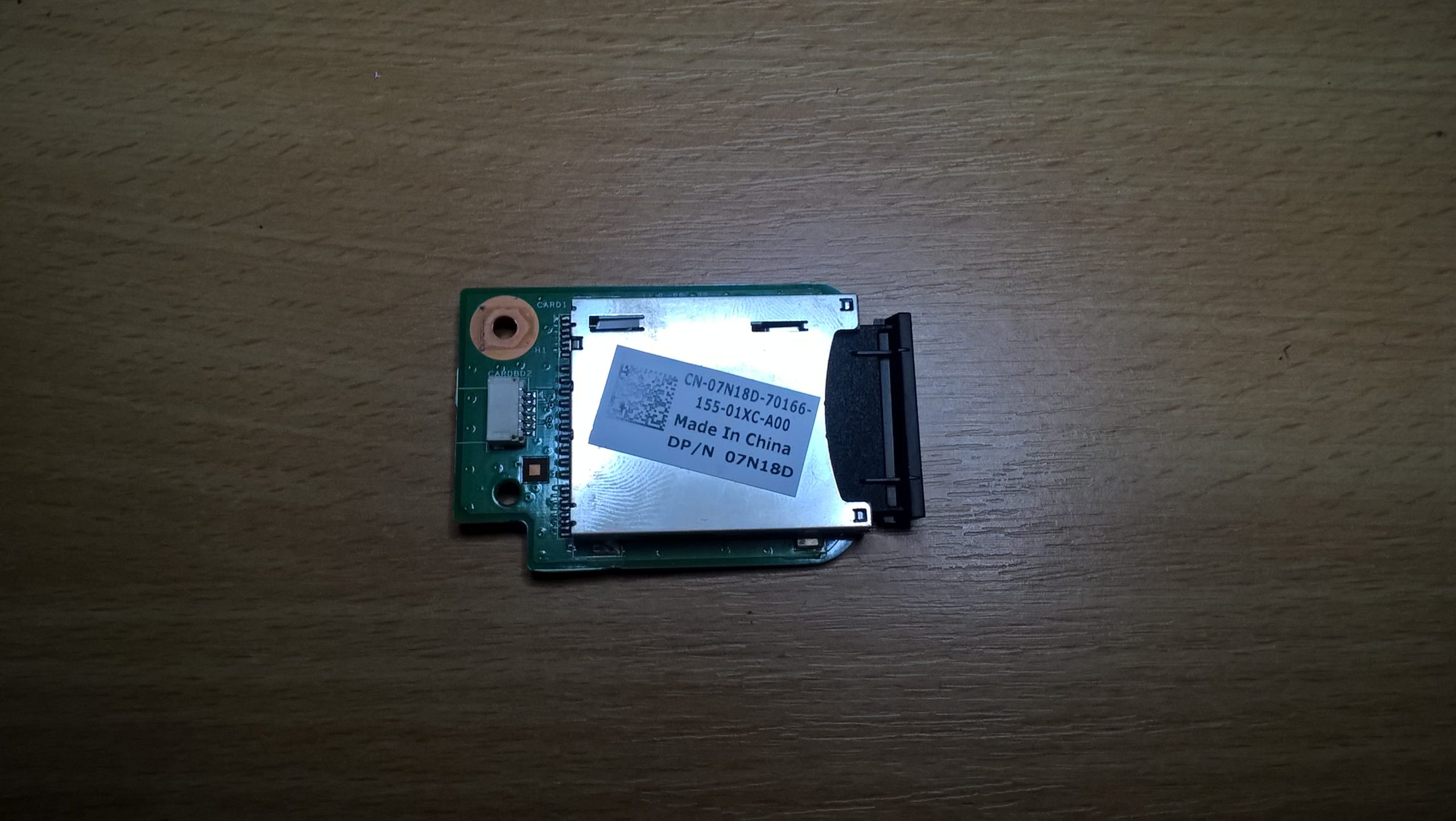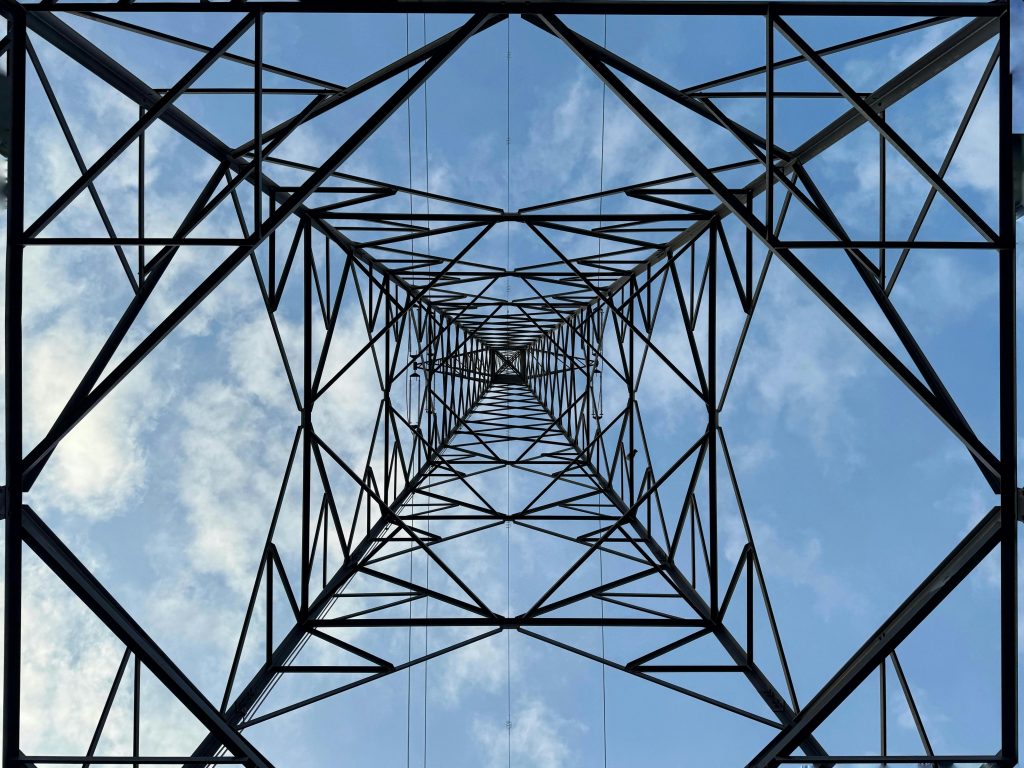The Critical Importance of Server Maintenance: A Cautionary Tale
In the ever-evolving landscape of technology, one lesson remains constant: proactive server management is crucial. Recently, we faced a challenging situation when a client’s server unexpectedly failed, taking with it invaluable data that we had long warned them was at risk. This experience underscores the importance of regular maintenance and timely upgrades.
The server in question had been running for significantly longer than its lifespan. Both hard drives failed simultaneously after years of evident wear, leading to a situation where the server’s indicator lights were so dim that it was hard to believe they were still operational. Similarly, the drive error indicators seemed to suggest a critical lack of functioning components.
In our attempts to recover the data, we endeavored to reconstruct the RAID 10 array. Unfortunately, the remaining drive was too degraded, and our efforts were thwarted by the extent of the damage. To make matters worse, the last backup was completed just two days prior, but initial attempts to access those files hint at potential corruption, jeopardizing our ability to retrieve essential data.
This server was operating on Windows Server 2008, an outdated platform that adds another layer of complexity to the situation. The task ahead involves creating a new Active Directory and migrating all connected computers, a process that will incur additional costs for the client. Ultimately, one must wonder: was it worth it to extend the server’s use far beyond its average lifespan, resulting in weeks of downtime and the logistical hassle of procuring a new server?
This experience serves as a poignant reminder: do not skimp on your company’s primary server. Investment in reliable, up-to-date technology is not just about immediate costs; it’s about safeguarding your business’s future.
As a brief aside, I must mention that the server was remarkably dirty—one could almost wonder if someone had been smoking in the server room! This emphasizes the need for regular physical maintenance alongside digital upkeep.
In conclusion, let this be a lesson to all businesses: prioritizing server health is an investment in productivity and peace of mind. Don’t wait until it’s too late; ensure your technology is well-maintained and up to date.
Share this content:




Helpful Tips for Preventing Server Failures
Dear [User],
I’m sorry to hear about your recent server failure. Based on your description, it seems the server was running beyond its recommended lifespan and lacked proper physical and digital maintenance. Here are some recommendations to help prevent similar situations: